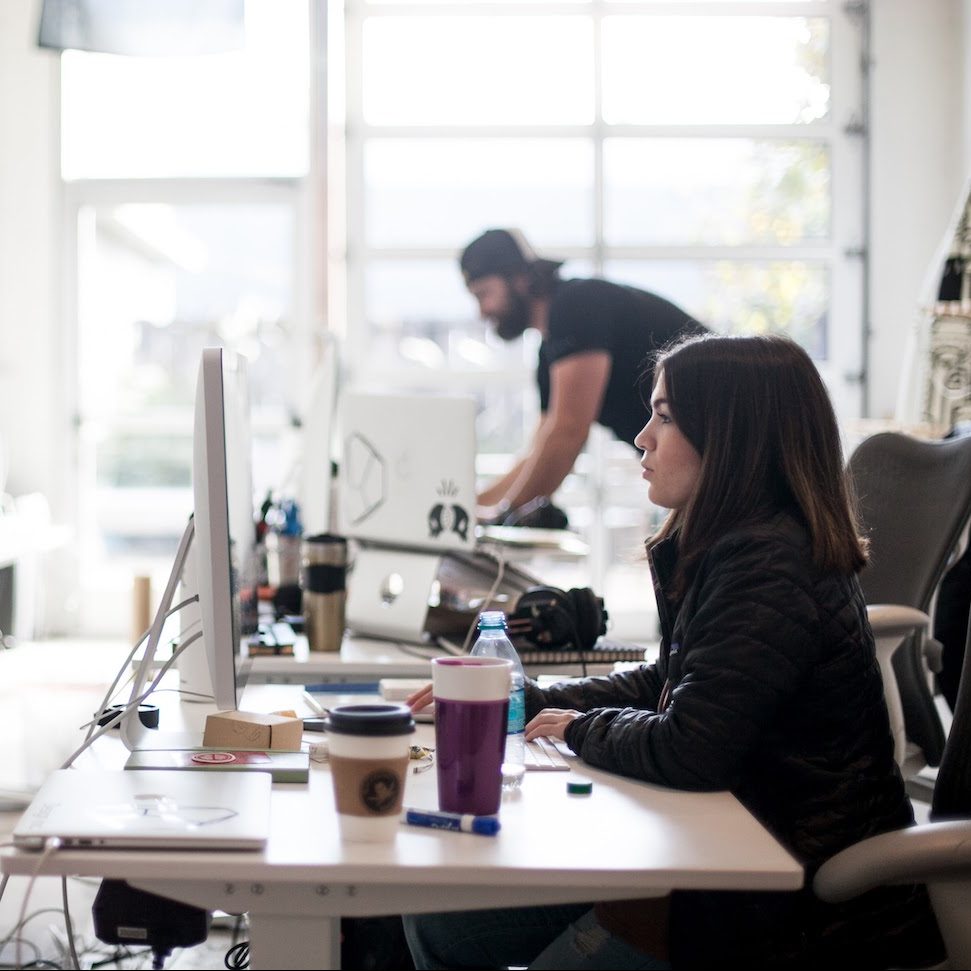A new study suggests that demand for height-adjustable desks in the UK has grown by more than 20% over the last year.
Research just released by TowerEight, a construction project and cost management consultancy, claims that the number of businesses searching for sit-stand desks has rocketed over the past 12 months amidst growing awareness of health and wellbeing factors in the workplace.
TowerEight based its research on Google trend analytics alongside findings from two interior design companies, the Wagstaff Group and Parcour. Both of these organisations have noted an increase in demand for height-adjustable desks particularly from corporates, who in turn are seeing increasing demand from their employees.
Interestingly, TowerEight noted that the UK’s interest in sit-stand desks is some way behind that of the US, where it claims demand for standing desks has more than tripled in the last year.
“Standing desks were initially dismissed as a curio, a throwback famously used by eccentrics such as Dickens or Hemmingway,” commented Sam Addision, workspace lead at TowerEight, “but the health evidence now seems indisputably positive and, as a result, corporate demand has really picked up.”
Flexibility is taking centre stage in many aspects of work and life, and just like the workspace industry itself, furniture is receiving a flexible makeover. Freelance workers, corporate employees, coworking members, serviced office clients, startups: any and all office-based workers are seeking ever more control over how, where and when they work — and that includes the tools they use to carry out their daily tasks.
For office workers, that includes the desk, and for many, the ability to sit or stand is a choice that helps them work better and maintain a healthier lifestyle.
One study conducted in June 2016 by Texas A&M University suggested that standing desks improve productivity in the workplace by as much as 46%, with employees claiming they felt more comfortable than their seated counterparts.
However, a study released in December 2015 by the University of Sydney found no changes in work productivity of test subjects who used sit-stand desks.
The report concluded: “Using sit-stand desks also did not result in differing perceptions about work conditions, energy levels, and positive feelings, although the intervention group did give stronger indication of feeling more sustained energy levels throughout the workday after using sit-stand desks.”
Such marked dissimilarities can be at least partly explained by differences in the test environments and the tasks carried out by the test participants themselves.
Notably, the University of Sydney report added that previous studies into the productivity benefits of height-adjustable desks were typically “conducted in health-related or university settings with potentially more health-aware workers.”
Indeed, enhanced awareness is certainly playing its part in fuelling demand for adjustable desks. The Wagstaff Group is in the throes of supplying thousands of sit-stand desks within various corporate workplace projects across the UK, which currently includes Centrica, Change.org and the Bank of England.
So why aren’t more flexible workspaces switching to flexible furniture?
The issue, according to Mark Shepherd of Wagstaff Group, is cost. “Sit/stand desks will quickly become a commodity type product and along with break out areas, will take a large amount of the project value in cash. The demand is clearly there, although price is still a key inhibiting factor, but as appetite grows prices will reduce as more suppliers enter the market.”
He added: “Any major UK project we work on now has a big focus on incorporating more sit/stand products together with the need to accommodate more third space break out areas. This is an interesting modification in a client’s wish list that we were not seeing three years ago.
“It is not a trend being driven by creative firms or smaller companies as might be pre-supposed — the wellness agenda and ensuring productivity benefits have become central to occupier strategy.”
Image source: Pexels


 Dr. Gleb Tsipursky – The Office Whisperer
Dr. Gleb Tsipursky – The Office Whisperer Nirit Cohen – WorkFutures
Nirit Cohen – WorkFutures Angela Howard – Culture Expert
Angela Howard – Culture Expert Drew Jones – Design & Innovation
Drew Jones – Design & Innovation Jonathan Price – CRE & Flex Expert
Jonathan Price – CRE & Flex Expert













